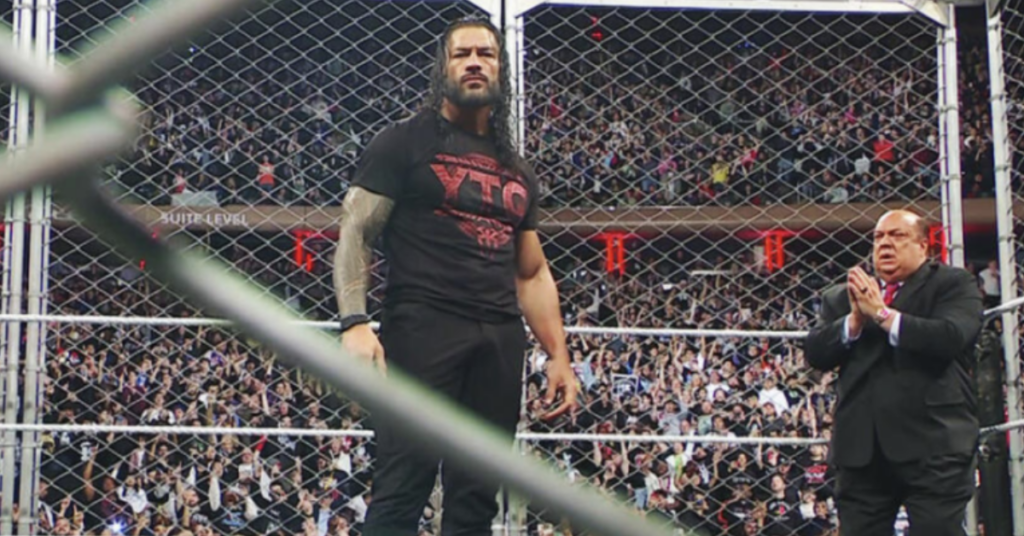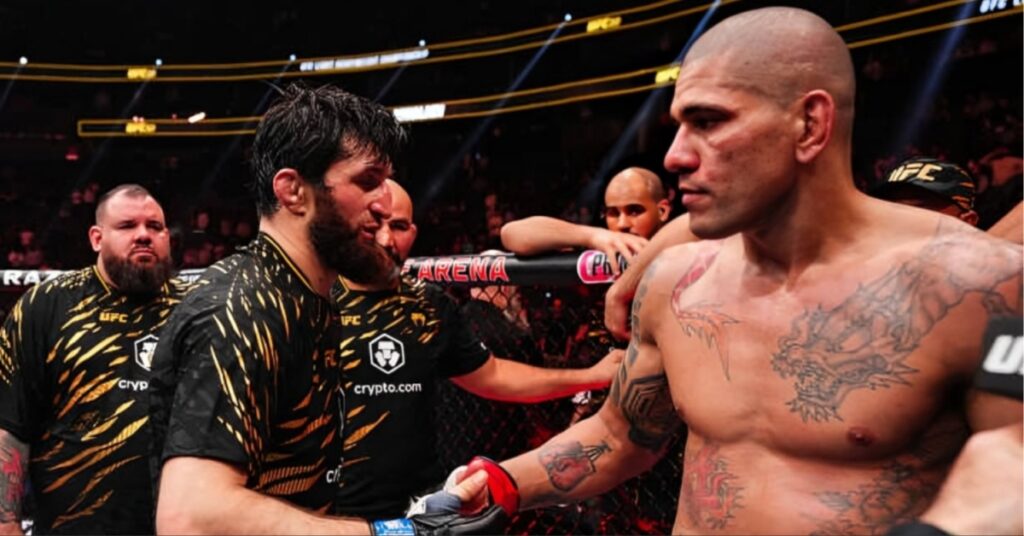Omoplata – BJJ Submission
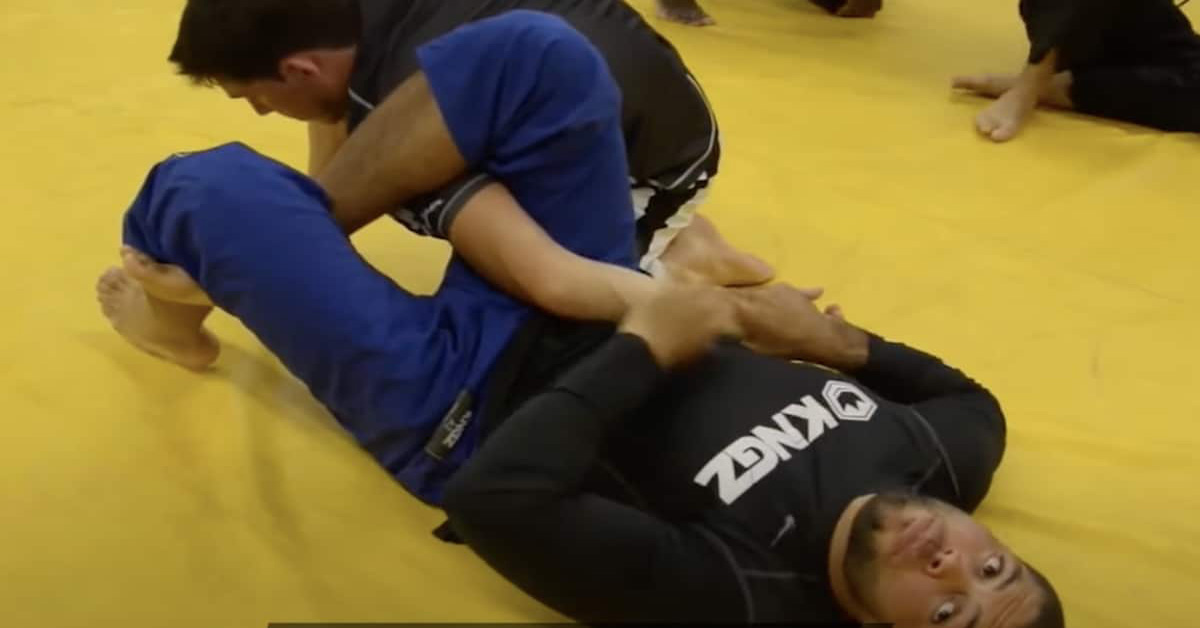
The omoplata is not only an effective submission, but also a great way to sweep your opponents. But it wasn’t always looked at as the highly effective technique that it is today.
It took years of work for the omoplata to become recognized into what it is today. Here is our guide to the omoplata shoulder lock.
We’ll take you through how the submission was created and explain its mechanics. Then we’ll
breakdown various setups into the submission and list important details and tips for you to do it.
How was the omoplata developed?
The omoplata is a shoulder lock that has been used in various grappling forms throughout the years. In catch wrestling it is referred to as the coil lock and in Judo it is called the ashi-sankaku-garami.
Omoplata is the Portuguese word for shoulder blade, which is how the submission got its name.
In Jiu Jitsu, it took many years for the omoplata to reach its full potential. It was considered a low percentage technique that was only done in the academy.
Within Jiu Jitsu competitions, sweeps off of the Omoplata weren’t even recognized until 1994 by the Confederação Brasileira do Jiu Jitsu.(CBJJ)
From then on, the omoplata began to be heavily innovated into the technique we know it as today.
The mechanics of the omoplata
The mechanics of the omoplata relies on isolating your opponent’s. Once you have isolated the arm, you then use leverage and lean your weight into their chest.
As you lean into your opponent, this creates pressure in their shoulder joint. If they don’t act fast to defend or submit, they may end up with severe shoulder damage.
Closed guard omoplata
The first omoplata you learn is generally from the closed guard. Start the technique by pushing your opponent’s arm to your hip and getting wrist control to hold it in place.
Next, you’re going to open your guard and rotate your body as you hook your leg around your opponent’s shoulder. Make sure when you hook their arm that you drop your leg down with force above their elbow. This will ensure their arm is trapped and isolated.
Now you’re going to turn your body a little more to be parallel with your opponent. Then, switch your wrist control, hug their hip and sit up.
For the finish, scoot yourself to the side to flatten your opponent out and then lean your weight into your opponent. This puts a lot of pressure on their shoulder and they’ll be forced to tap.
Old school omoplata
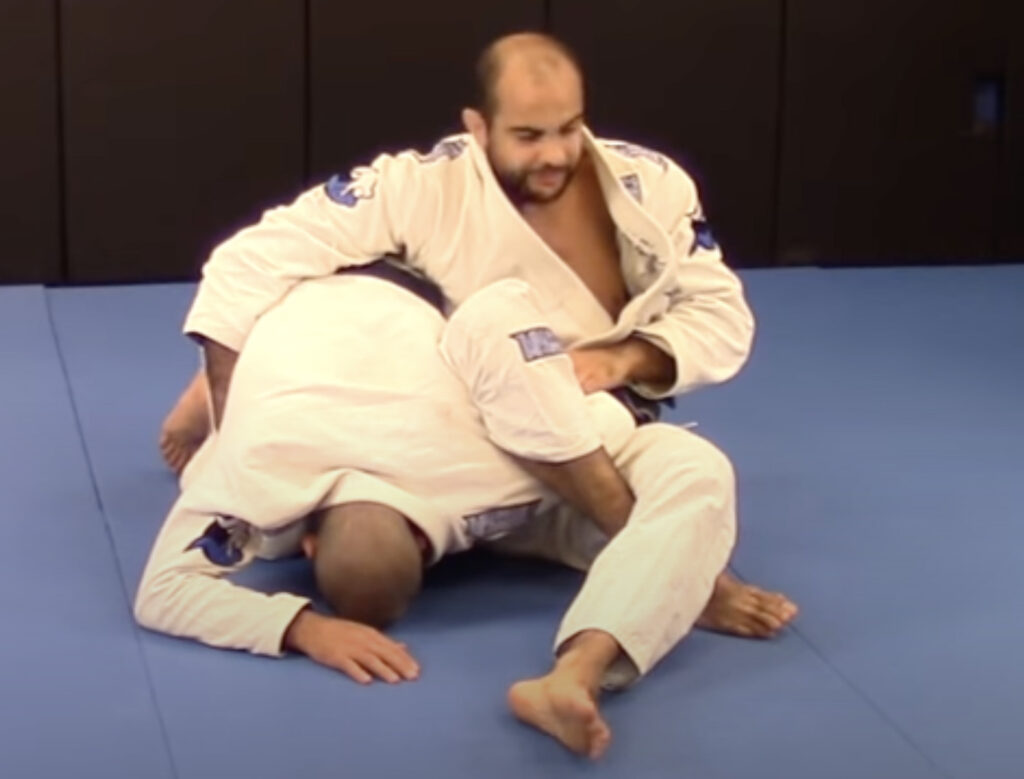
This is the classic way to land an omoplata. Start the technique by getting an overhook on your opponent’s arm and turn on your side.
From here, take your forearm and frame on your opponent’s head/neck to make space. To get your leg over their shoulder, you can either grab your leg and pull it over or slightly turn.
Your next step is to triangle your legs and then grab your opponent’s belt and pants. These two grips keep them from rolling out of the omoplata.
Next sit up, hug your opponent’s hips and stretch out your legs to put their shoulder to the mat. Then for the finish, bend your leg and come up as you lean into your opponent.
Lasso guard omoplata
From lasso guard, the setup to get an omoplata is really easy. Start by getting your lasso hook on your opponent’s arm and a collar grip.
Use these grips to push your opponent to make space. After making space, let go of your collar grip, roll on your shoulder.
As you roll through, you end up right into an omoplata.
Omoplata from rubber guard
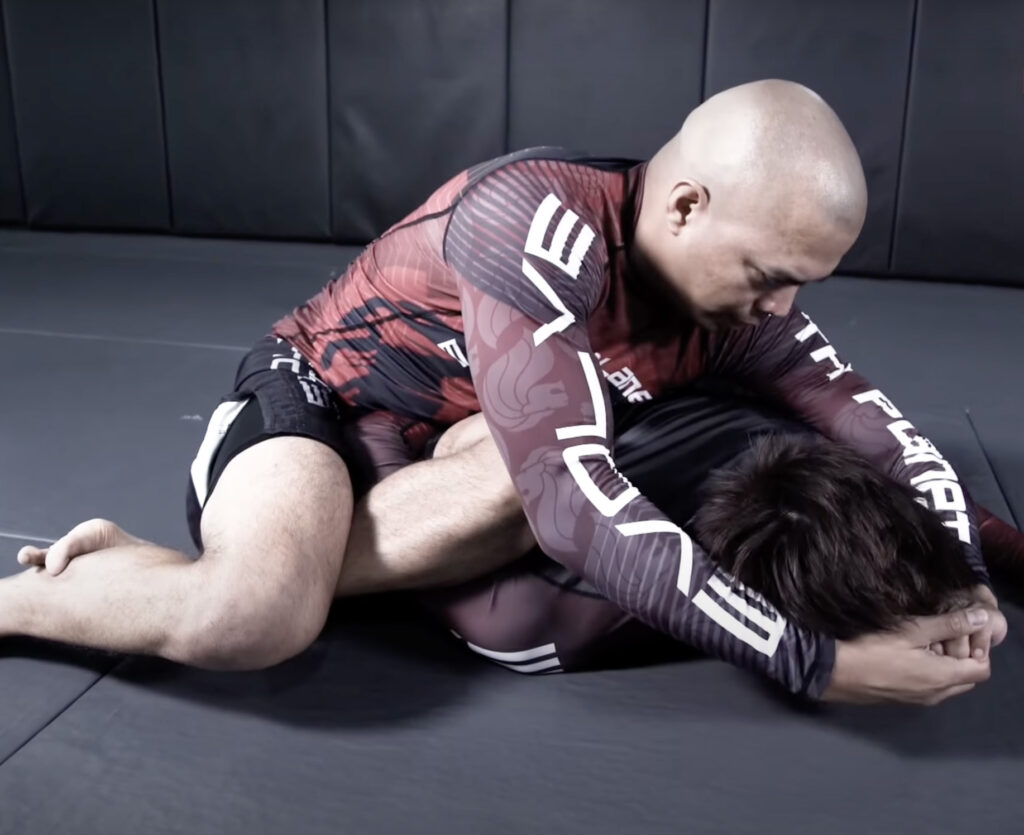
If you like to play rubber guard, one of the easiest setups from this guard is an omoplata. Start from mission control, where you’re holding your leg behind your opponent’s.
Next grab hold of your knee and clear your opponent’s head to frame on their neck. Then re-grab your foot and pull it over their shoulder and swivel your hips to be parallel with your opponent.
From here, hug your opponent’s hips, stomp your feet to the floor and sit up into your opponent.
Triangle to omoplata
One of the common defenses of a triangle is that your opponent hooks their arm around your hip. If they do this, you can set up a really easy omoplata.
Since their arm is already hooking around your leg, there are only a few steps to get your submission. Start by grabbing their wrist, unlocking your triangle and hook your leg over their shoulder.
From here, just turn, hug their hips, drop your leg down on their shoulder, and sit up.
Omoplata from mount
When you’re in the mount an omoplata is another attack option you can go to. You need to start the technique by scooting up to a high mount and grabbing your opponent’s tricep.
Use this grip to pull their arm up as you step up and put your foot under their shoulder. Next pull their arm to your body and turn their arm as you step over their shoulder.
Now pull your opponent to their stomach and you’re right in place to finish your omoplata.
Omoplata side control
When you hold a reverse kesa gatame style side control, there is an omoplata option available to you. Keep the side of your body heavy on your opponent’s chest and do a back step over their arm. This puts their arm right in between your legs.
Next grab your opponent’s wrist/sleeve and pull their arm and lean into them to hook your leg under their shoulder.
From here, you’re going to grab your shin and back step over your opponent’s head to roll them over. Putting them on their stomach and position to finish the omoplata.
Sweep from omoplata
A common way to defend an omoplata is to posture up to stop your opponent from flattening you out. If they keep doing this defense, you can fake an omoplata and go right into a sweep.
When you get into position for the omoplata and they posture up, keep your grips and do a back roll. The force from your back roll will knock your opponent to their back.
From here, you have two different options you can go to. Your first option is to place your hand on the mat and turn into side control to complete your sweep.
The other option is to continue the omoplata by back stepping over your opponent’s head and pull them to their stomach.
Guard pass to omoplata
You can even hit an omoplata off of passing your opponent’s guard. Let’s say you pass your opponent’s legs by backstepping to the side to go into side control.
Normally, your opponent will try to defend by turning and going for an underhook. When they go for this, you’re going to overhook their arm and jump into them as your leg hooks their shoulder.
Your momentum is going to bring you over your opponent and into a slick omoplata.
Details and tips for doing the omoplata
An omoplata is easy to do, but it is also easy to mess up. Here are the important details and tips for doing the omoplata.
- Isolate an arm: The submission begins and ends with isolating your opponent’s arm. Without doing this, there is no omoplata.
- Turn your body: To get in position to lock in the submission, you will need to slightly turn your body. If you stay in line with your opponent you probably won’t be able to get your leg over their shoulder.(only if you’re flexible)
- Heavy leg: Make sure to make your leg heavy as you drop it on top of your opponent’s shoulder. This way it makes it harder for them to posture up and free their arm.
- Hook above the elbow: Be sure to hook above your opponent’s elbow or they will easily escape.
- Hold their hip/belt: Before sitting up be sure to either grab your opponent’s belt or hold their hips. This will keep them from front rolling out of the submission.
- Sit-up: In order to get in position for the omoplata, you will have to quickly sit up to put on the pressure. You can’t do an omoplata laying on your back.
- Flatten your opponent: Remember to flatten your opponent out stepping to the side with your outside leg and pull them down.
- Lean in: To put on the pressure with an omoplata, always lean in to your opponent.


